Art & Technology | Ceramics | Fibers | Jewelry and Metalsmithing | Painting and Drawing | Photography | Printmaking | Sculpture
We offer an innovative art curriculum reflecting contemporary practices. Students and faculty employ a fluid continuum of practices—using old and new media in surprising ways to speak to compelling questions. The department fosters breadth and interdisciplinary engagement, along with depth and discipline within media. The curriculum encompasses a broad range of media including ceramics, digital arts, drawing, fibers, jewelry and metalsmithing, painting, photography, printmaking and sculpture. Within and across these, students encounter diverse practices including video, installation, letterpress, performance, alternative materials and processes, and emerging technologies. Emphasis is on the complex connection between making and thinking, of material and technical skills with conceptual and critical understanding.
Art & Technology
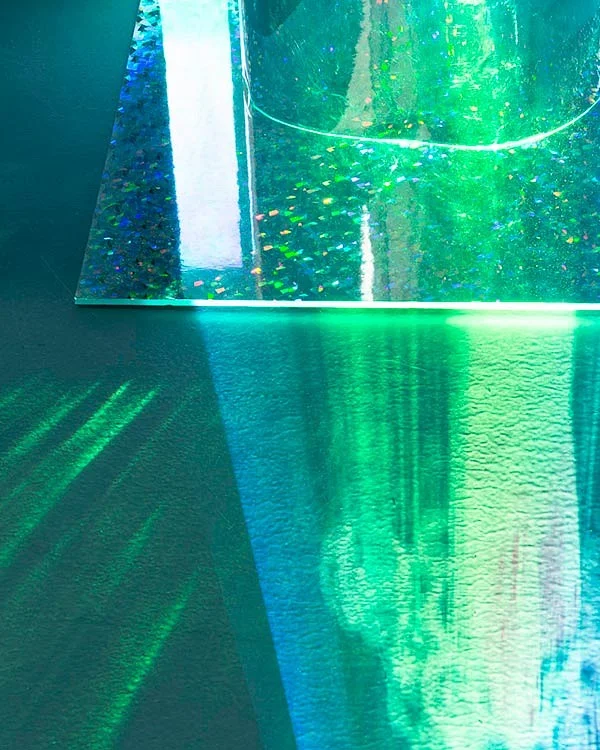
The Art & Technology area allows students to combine new media and visual art theory with strong technical sophistication, a rich sense of visual design, and an ability to articulate artistic research. Courses led by internationally known Department of Art faculty members focus on interactivity, video art, animation, installation, imaging, programming, design, and art and design history.
Students explore creative thinking, experimentation, research, production, and installation, in the context of a technologically sophisticated studio environment. Courses emphasize insight, criticality, and the ability to articulate complex visual and experiential ideas via diverse visual communication delivery systems.
Education in the fine arts and design values practice-centered research, innovative methods of communication, and the importance of experimentation in the dynamic construction of meaning. These traditions of visual research within the arts are at the core of our approach and are a remarkable standpoint from which to explore and engage the ever-changing and multifaceted territory of media culture.
To learn more about this area, visit the Art & Technology blog and the Art & Technology Instagram account.
Ceramics
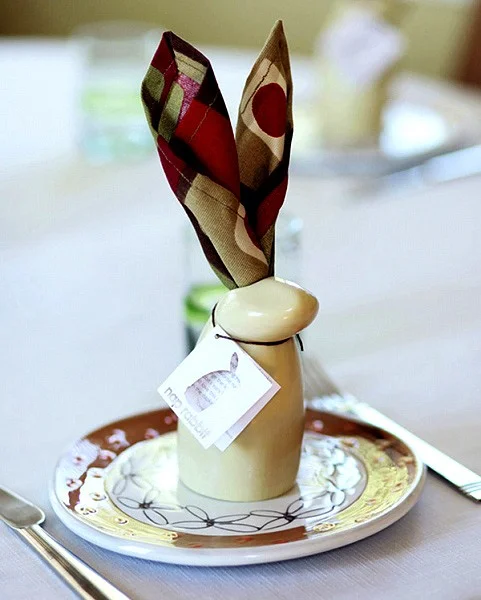
The Ceramics area is driven by an investigative synthesis of material, methods, and theories associated with ceramics and contemporary art practices. This is anchored by curriculum, facilities, and personnel that nourish a depth of inquiry, access, opportunity, and individuation. Sculptors, potters, installation artists, and interdisciplinary innovators work side by side in a nurturing, collaborative environment. Rich in investigation, experimentation, and creative avidity, the ceramics area emphasizes technical and formal proficiency, historic and theoretical literacy, and openness to mining parallel practices and the world at large.
The ceramics studio is located on the Northsite, a complex of art studios and classrooms scattered among trees along the Willamette river bike path and the prolific patchwork of the Urban Farm. The ceramics area is a thriving community of about 100, serving students at the undergraduate, BFA, and graduate levels. Classes are held in the main studios. BFA students share studio space. The ceramics area is unique in its focus on community and a shared regard for the individuality of the creative process.
The ceramics area offers a broad-based, technically comprehensive undergraduate curriculum in ceramics. Students begin with fabrication and surface tools, alternative methods, and industrial processes. The intermediate level is an examination of firing theory and glaze calculation, critical approaches to art practice, the history of ceramic art, and contemporary trends and development in the art field at large. Advanced level courses are often built around themes and challenges, drawing on all methodologies to advance the vision of the student.
Fibers

The Fibers area at the University of Oregon is dedicated to participating in and advancing contemporary discourse in fibers through engaged studio practice, research, and critical discussion. The course curriculum addresses issues and ideas that are relevant to both fibers practices and the broader context of contemporary art, including materiality, paleotechnics, sustainability, community, labor, gender, feminism, queer theory, raciality, colonialism, repetition, and pattern.
Students explore the possibilities of performance, installation, and site-specificity in a conceptually rigorous environment while developing expertise in screen-printing, stitching, weaving, dyeing, and other fibers techniques. Experimenting with materials and methods is encouraged as students develop individual creative practices within a receptive community of makers. Interdisciplinary strategies of making are valued, and many students draw from areas outside of the Department of Art such as gender studies, folklore, creative writing, and dance.
As part of the department’s Visiting Artist Lecture Series, the Fibers area regularly brings contemporary artists to speak on campus and conduct studio visits with students. Visiting Artists have included: Aram Han-Sifuentes, Marie Watt, Mike Andrews, Christy Matson, and Samantha Bittman.
Jewelry and Metalsmithing
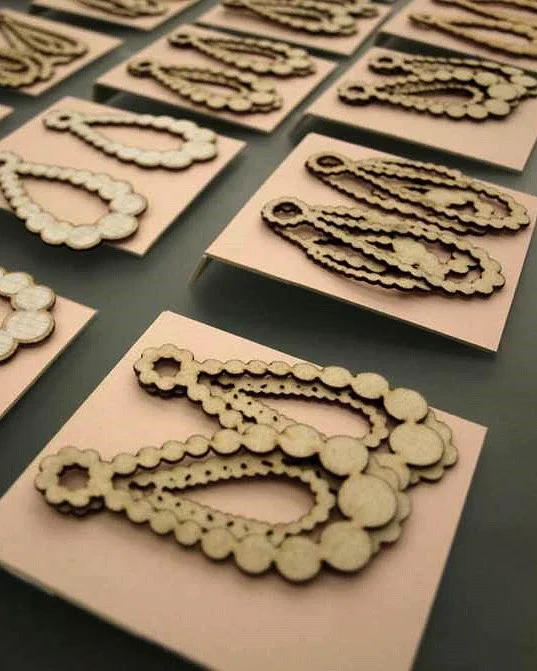
Area Head of Jewelry and Metalsmithing, Anya Kivarkis is represented in both national and international gallery and exhibition venues and is establishing exciting new directions for the program. Professor Kate Wagle's research areas include adornment and sculpture. Her work is shown and published widely. Recent visiting faculty include Tracy Steepy, Sherry Simms and Bettina Dittlman.
UO Jewelry and Metalsmithing supports an active visiting artist program. Recent visitors in Jewelry and Metalsmithing include Beverly Penn, Bettina Speckner, Maria Phillips, Gary Griffin, Sondra Sherman, Carol Kumata, Fred Woell, Stephen Yusko, Chris Ramsay, Lisa Norton, Charon Kransen, Micki Lippe, Keith Lewis, Fred Fenster, Christina Smith, and former Metalsmith Magazine editor Frank Lewis, with plans for artists/workshops each year in the future.
Jewelry and Metalsmithing Facilities
Painting and Drawing
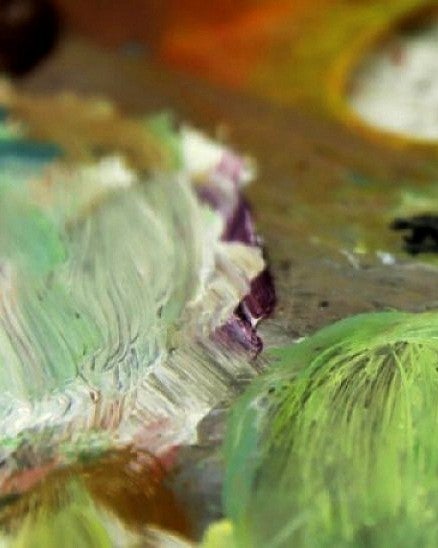
The Painting and Drawing area offers a wide range of undergraduate courses in both painting and drawing. Taught by a range of faculty, courses incorporate intensive studio work, individual and group discussions and critiques, and lectures and presentations.
Drawing introduces students to the relationships between seeing, thinking and making, and is a prerequisite for upper division studio courses. Drawing can both inform student’s work in other areas and lead to more advanced study in drawing practices. In introductory, intermediate, and advanced courses, students can explore a range of methods and materials as well as differing approaches to spatial construction, visual problem solving, and how meaning is created.
Beginning painting introduces students to the basic techniques and practices of oil painting, as well as ways of translating visual experience and constructing meaning through painting. Upper division courses in painting and drawing explore more complex problems of meaning, form, materials, and language, and emphasize the development of an independent practice. Our objective is for students to develop critical thinking skills and an understanding of the history and context of painting and contemporary concerns as they cultivate their own work. Students experience a broad range of approaches and are encouraged to develop a painting practice that is relevant to their own ideas and sensibility, informed by a keen awareness of developments in contemporary art practice.
The Painting concentration is designed to help students make the transition from classwork to an independent body of work, preparing them for independent artistic practice or graduate school. Emphasizing studio practice, students are provided with full-time, shared studio space, and are expected to develop rigorous and consistent work habits. Through independent study with faculty, students develop and extend their work, supported by rigorous group critiques, discussions and readings via interdisciplinary Issues and Practices and BFA Critique Colloquium courses. Our aim is for students to leave the program with an understanding of their own intentions and visual language, strategies for sustaining an artistic practice, and an understanding of the historical context and contemporary possibilities of painting and drawing.
Painting and Drawing Facilities
Photography
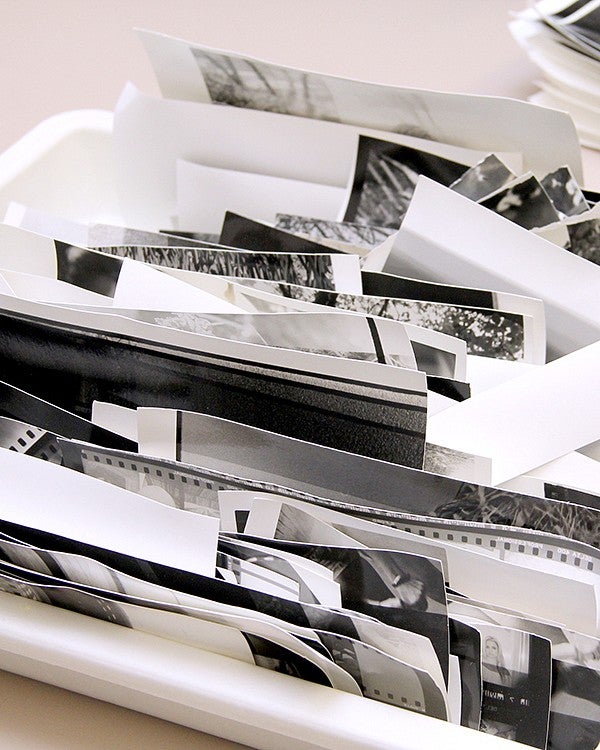
Classes in the photography area emphasize concept and context, and process as a means to an end. In an effort to stretch students’ knowledge of the wide range of possibilities within this medium, we offer a diversity of courses such as Film & Darkroom, Large Format, The Photographic Book (Digital Photography II), Alternative Processes, Conceptual Strategies, Constructed Image and Advanced Photography, with contemporary critical theory woven in to all of our offerings. Students experience a range of both digital and analog technical instruction while developing critical thinking and writing skills throughout the curriculum.
Undergraduate students are guided through courses that create technical and theoretical foundations for more advanced study and the pursuit of his/her chosen direction. The BFA facilitates project-based advanced study in photography and also encourages intermedia investigations. It also serves as a vital link between our undergraduate and graduate programs. In the graduate program, we encourage a wide range of working strategies, allowing the student to pursue his/her direction based on ideas and processes to which they are best suited.
A strong visiting artist program sponsors nationally recognized figures in photography each year. Recent guest artists include John Divola, Anouk Kruithof, Stanley Wolukau-Wanambwa, Christian Patterson, Martha Rosler, Justin James Reed, Dru Donovan, Nicholas Muellner, and Eirik Johnson. Interactions include a mix of public lectures, classroom talks, and studio visits.
Special summer offerings include Mural Printing, Alternative Processes, and Lighting Workshops.
Back to Top
Printmaking
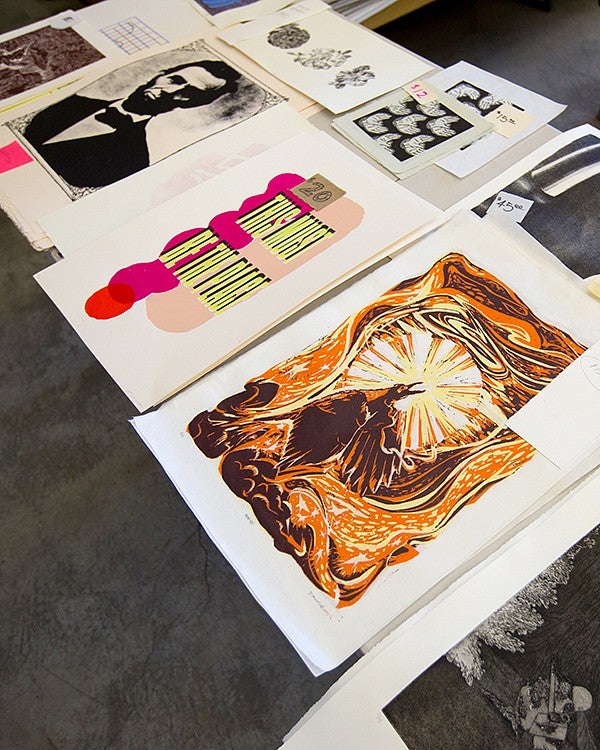
Printmaking introduces students to a range of traditional techniques and provides a wide exposure to contemporary practices in print media. Experimentation with technique, process, and format is encouraged along with interdisciplinary exploration in other media areas.
Classes are offered in the four major printmaking processes: relief, intaglio, lithography, and screenprint. Intermediate/Advanced Printmaking is offered every spring term for students who have mastered two or more printmaking processes. In this advanced class, students expand on traditional techniques and explore their nascent artistic practice through experimentation with use of the mark, the matrix, and multiples.
Sculpture

Firmly rooted in the development of an intermedia practice, the Sculpture area provides students with a diverse studio and intellectual environment. Our classes and facilities support a studio practice that can fluidly traverse, and draw from, the many materials and approaches that belong to contemporary art practice.
Studio courses are small, offering you an intensive and immersive working environment with lots of peer and faculty engagement.
